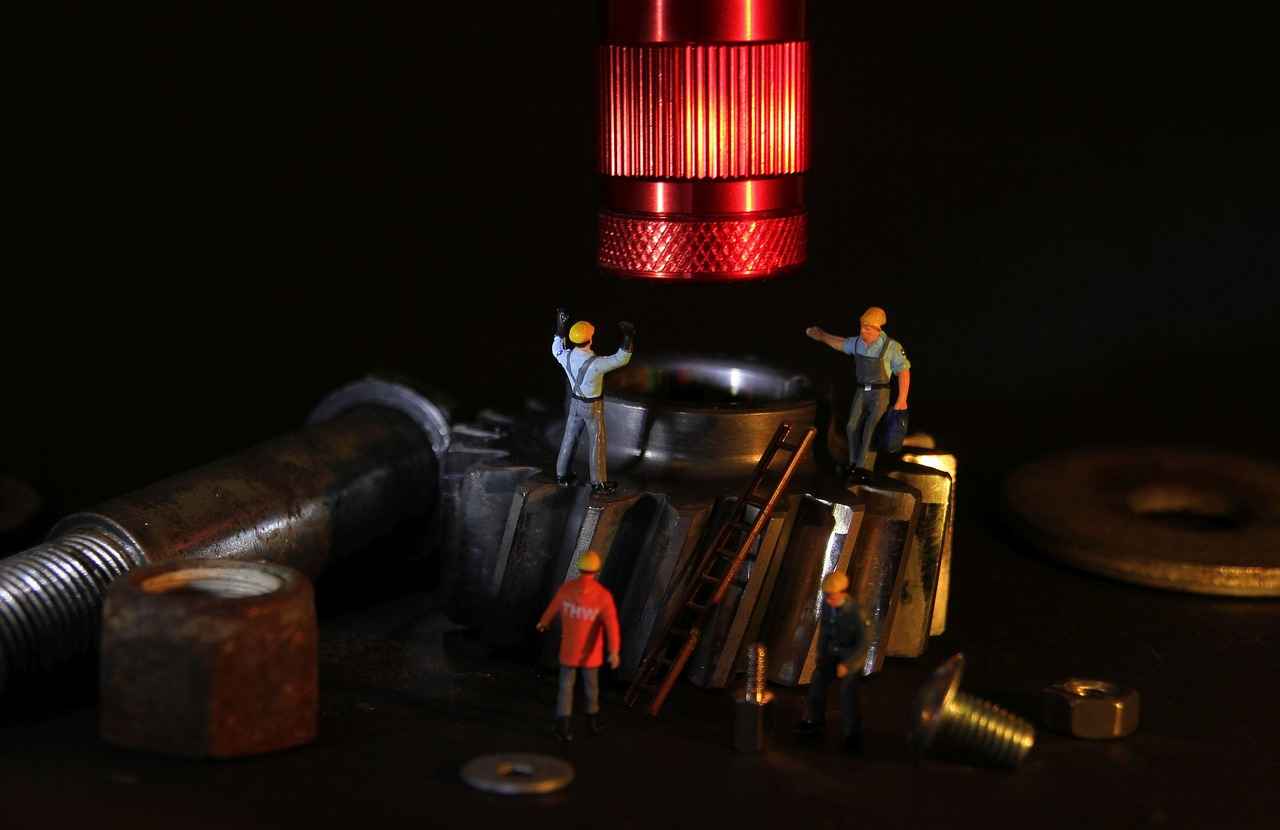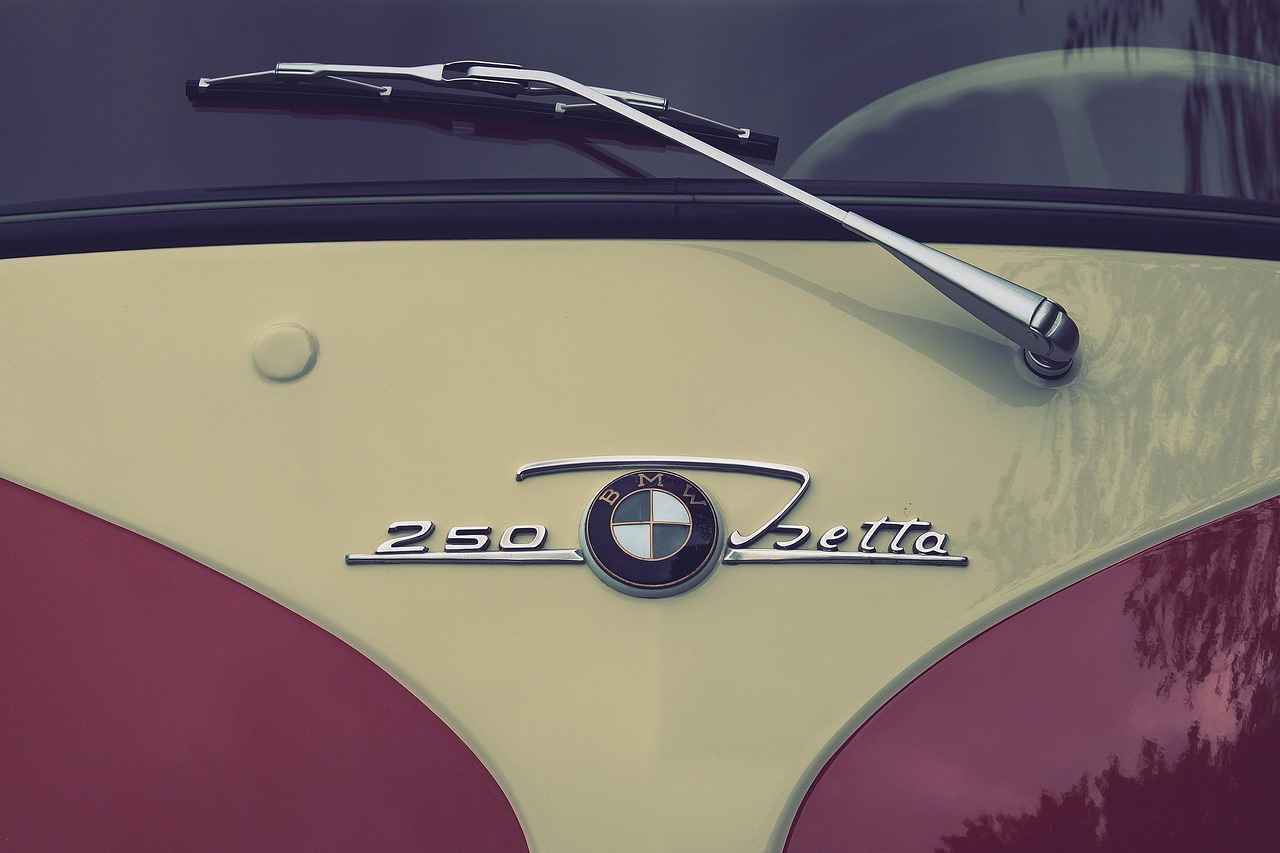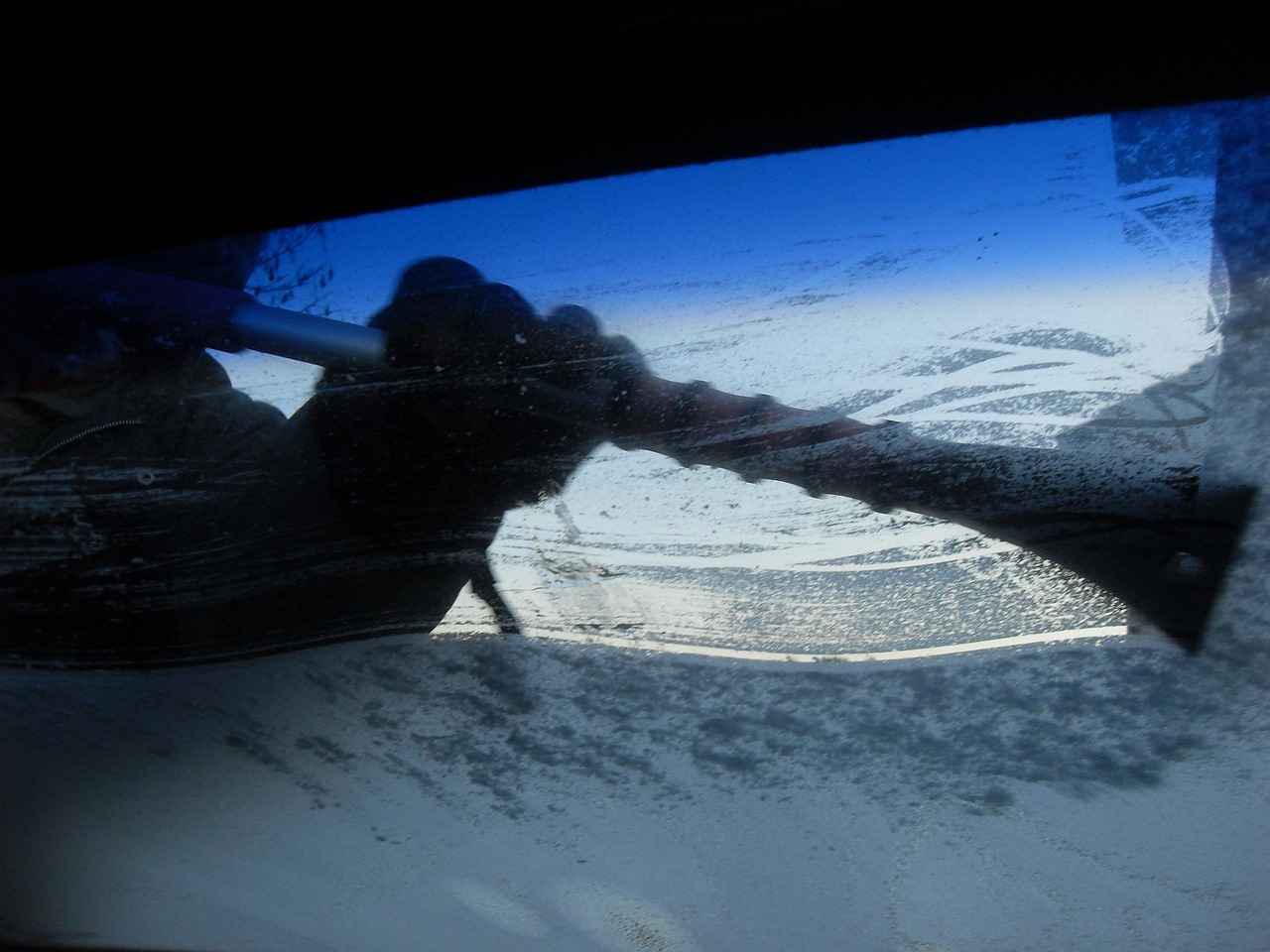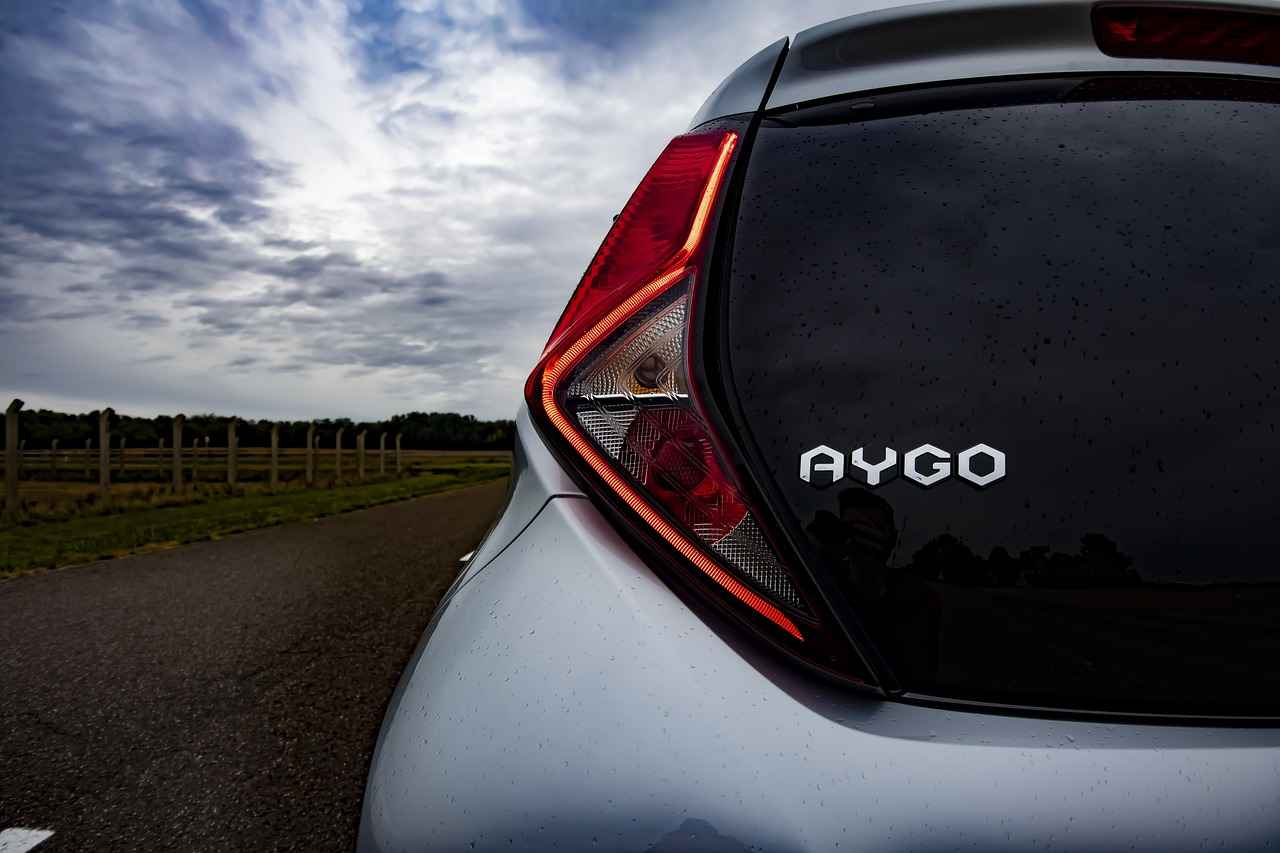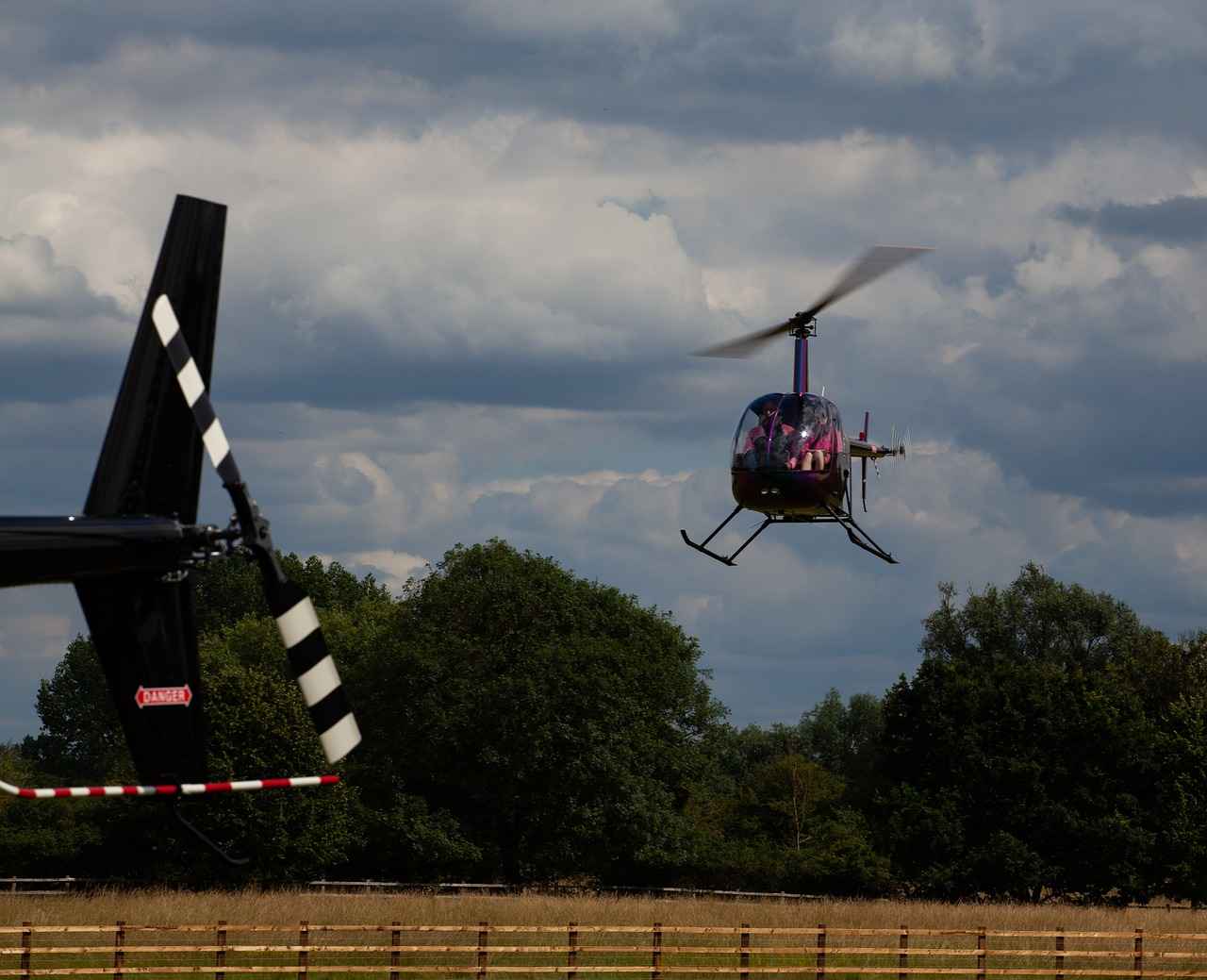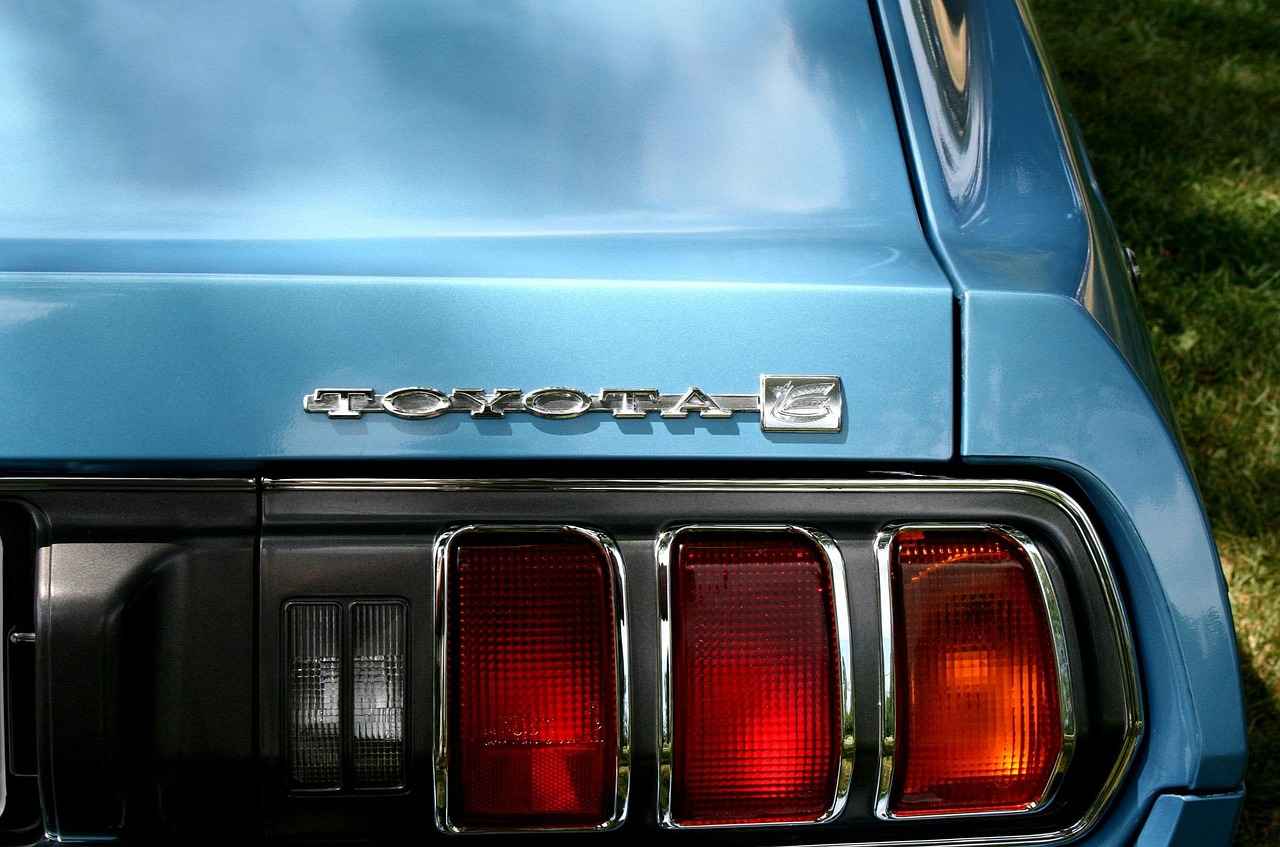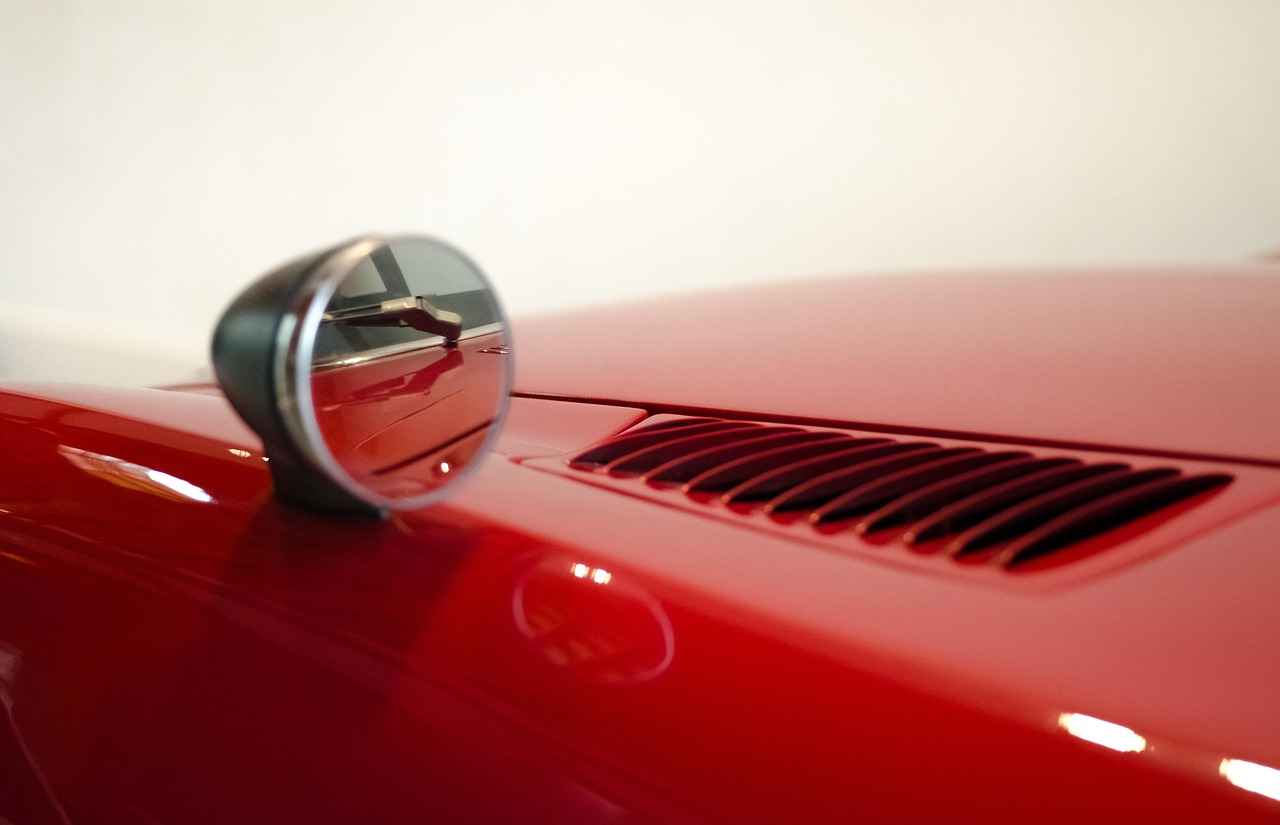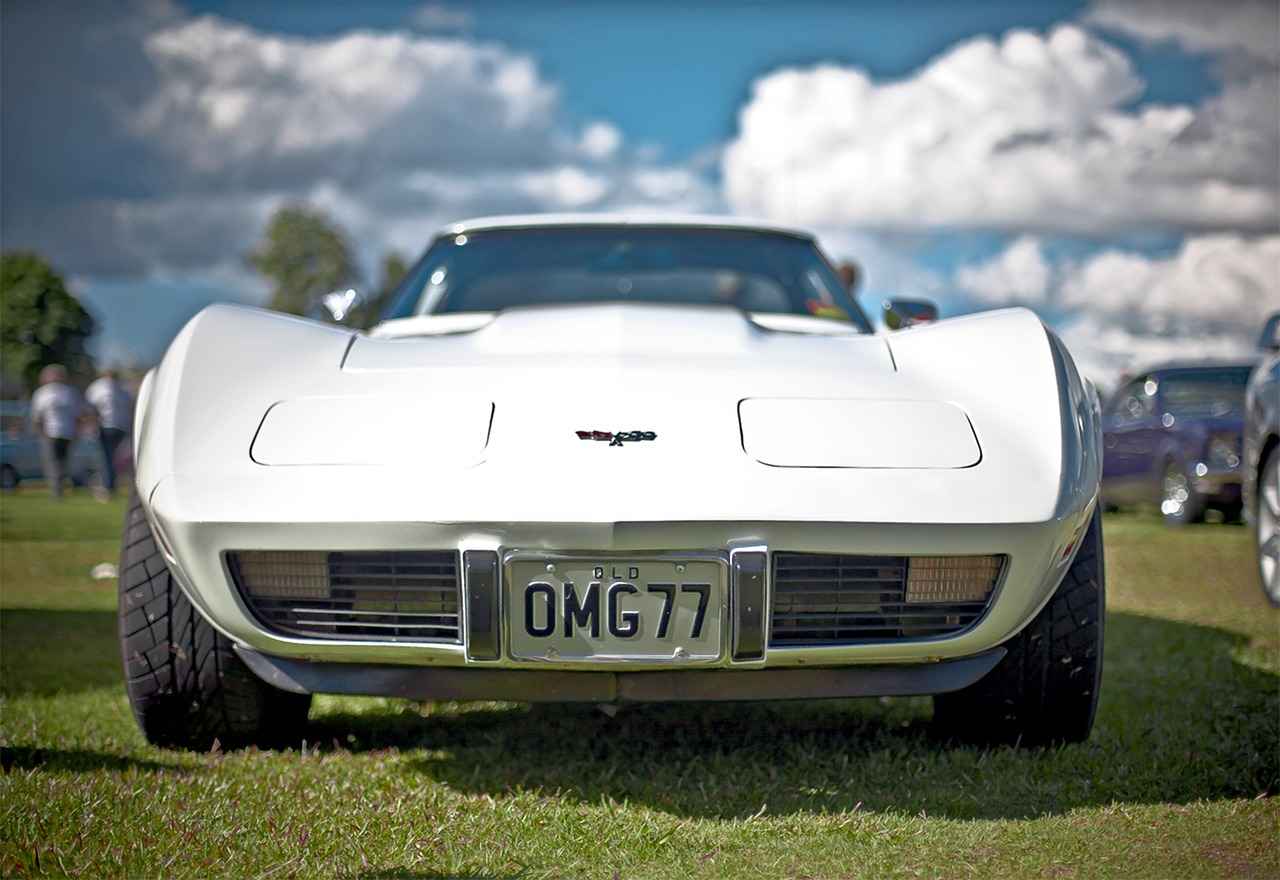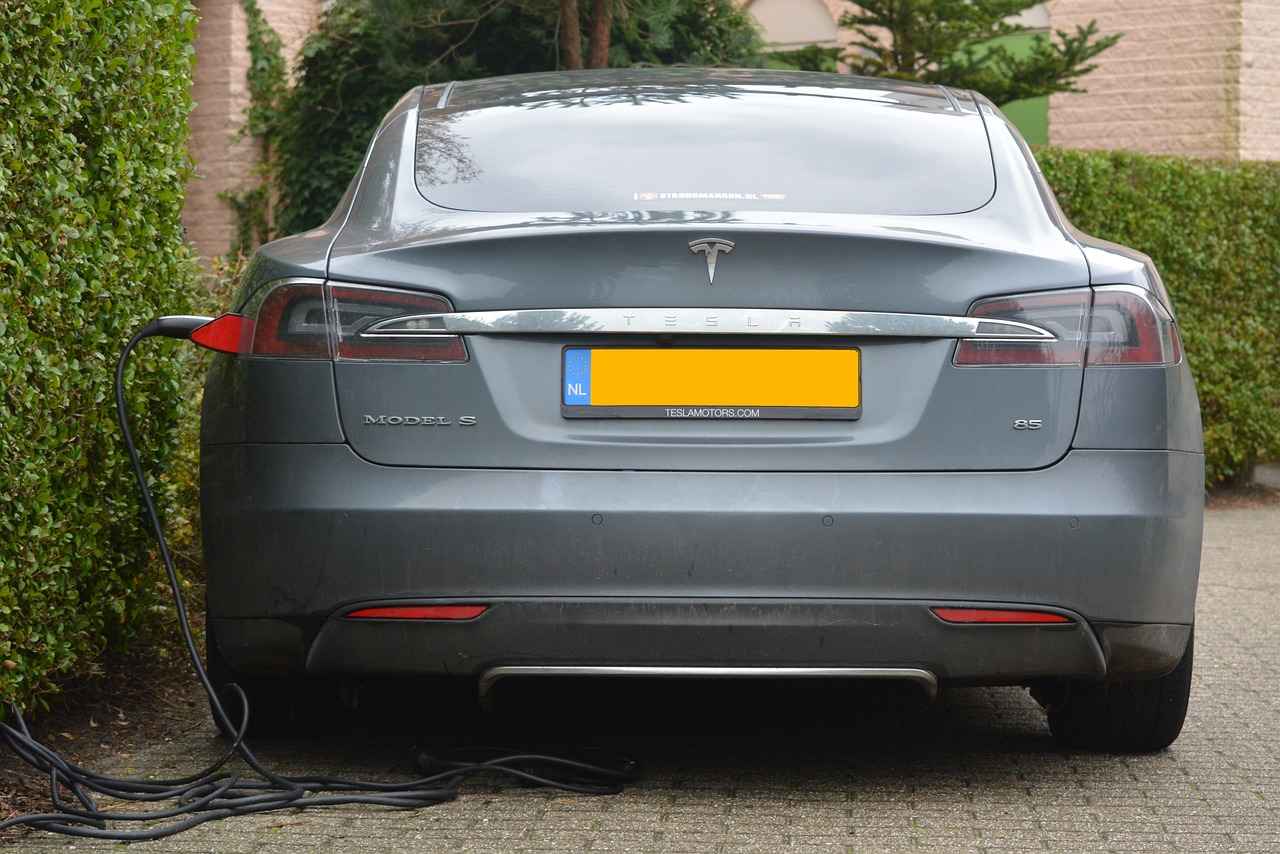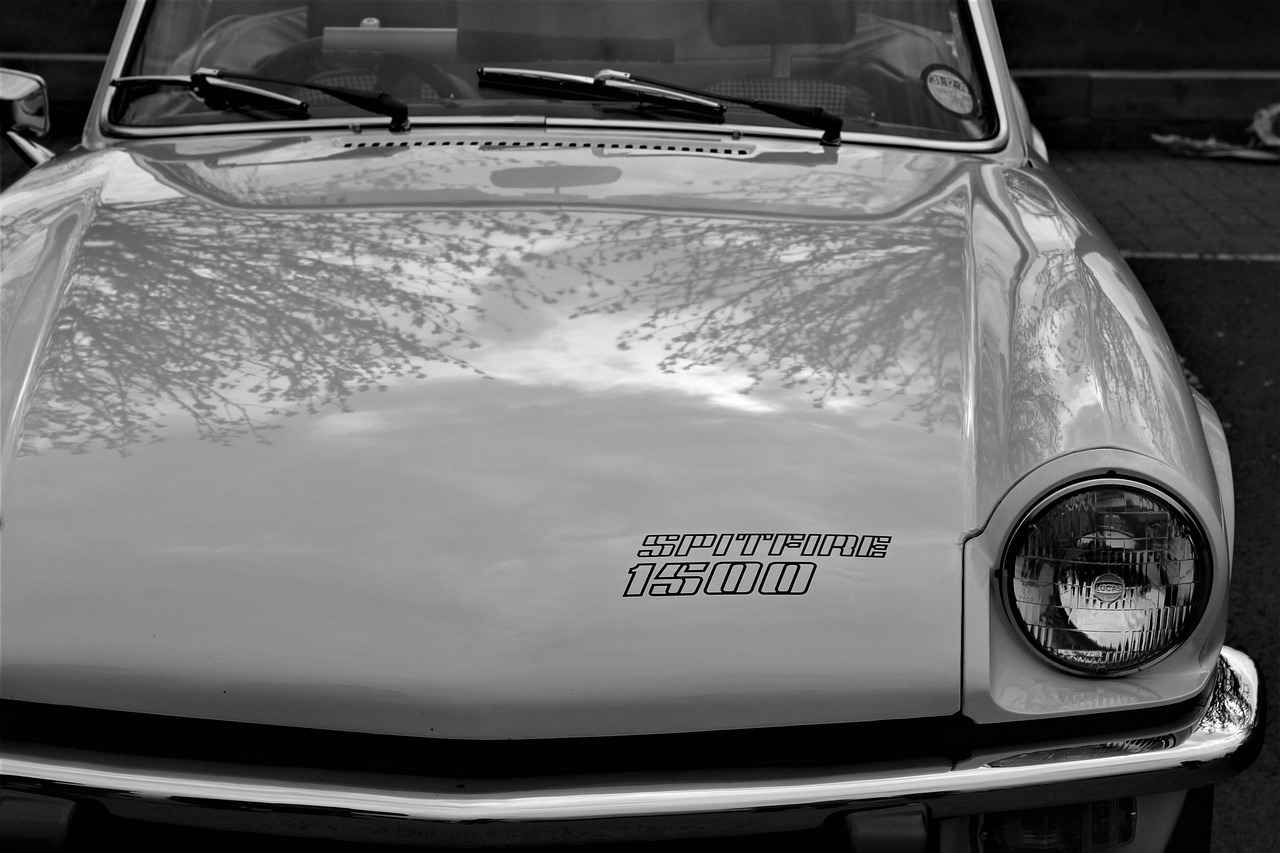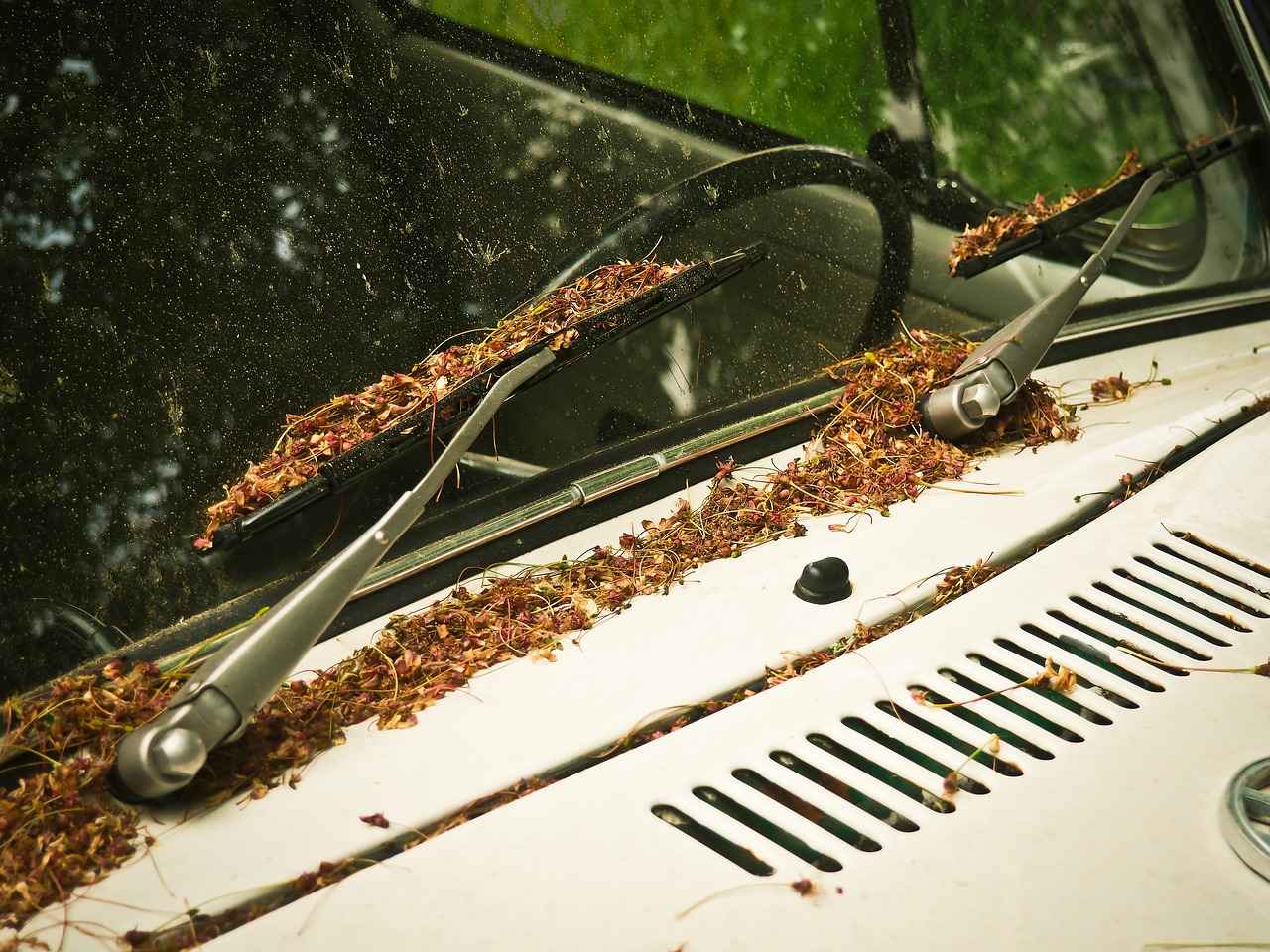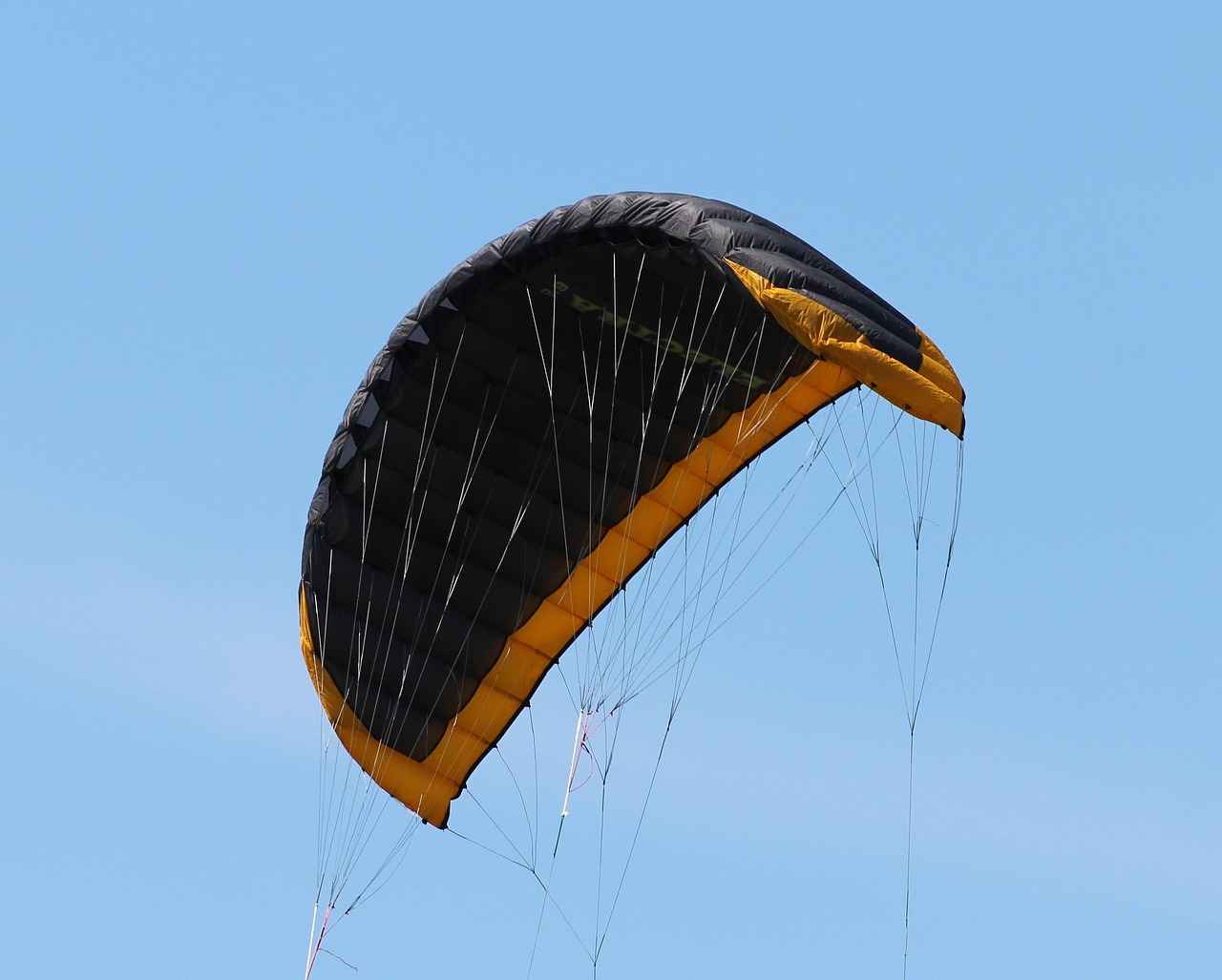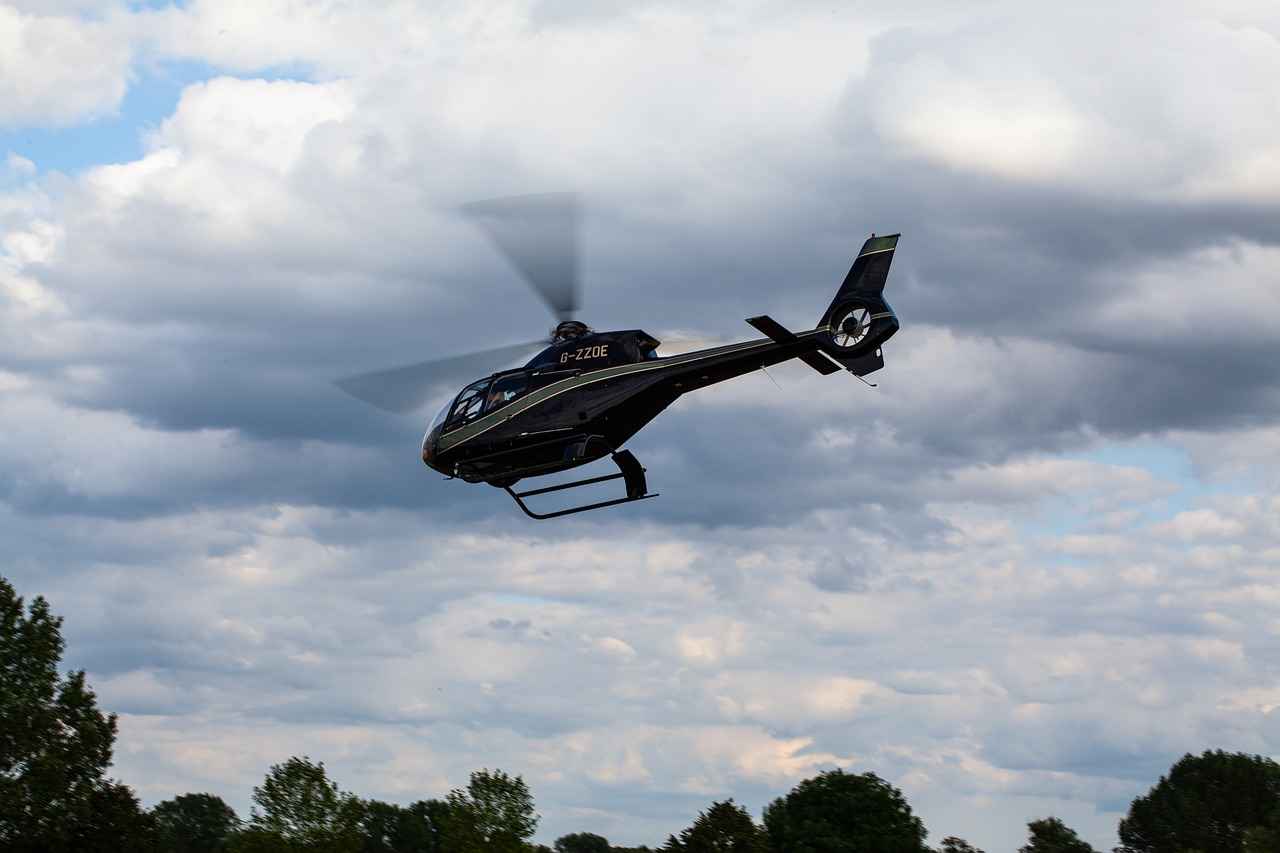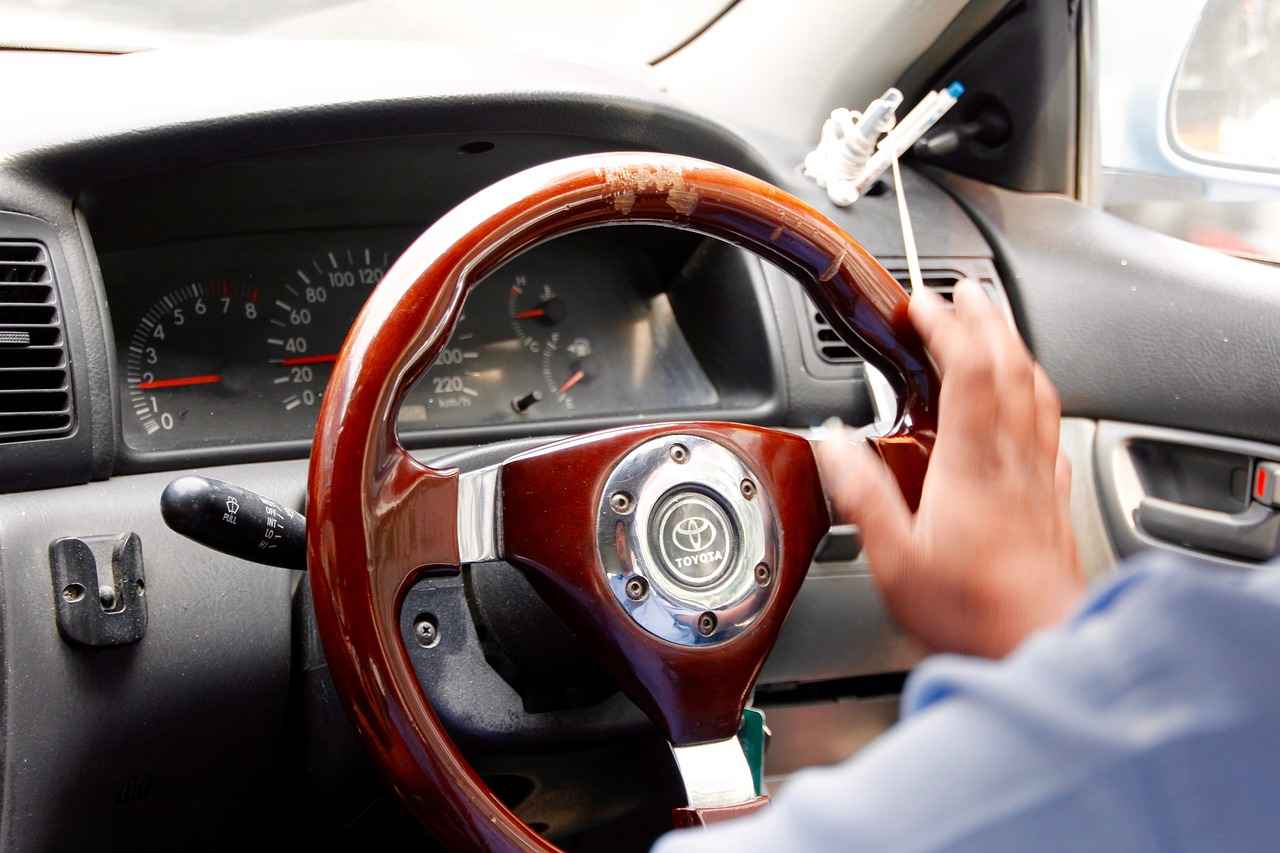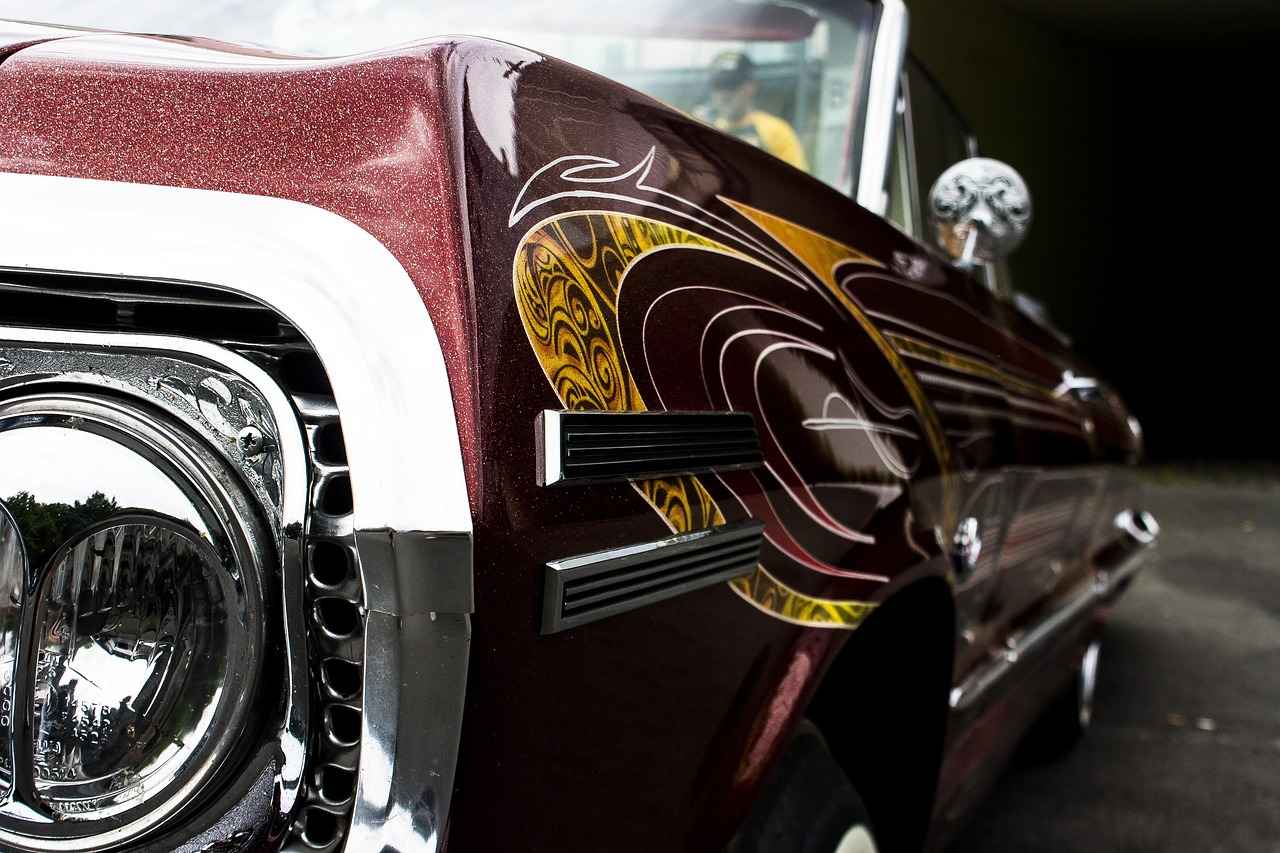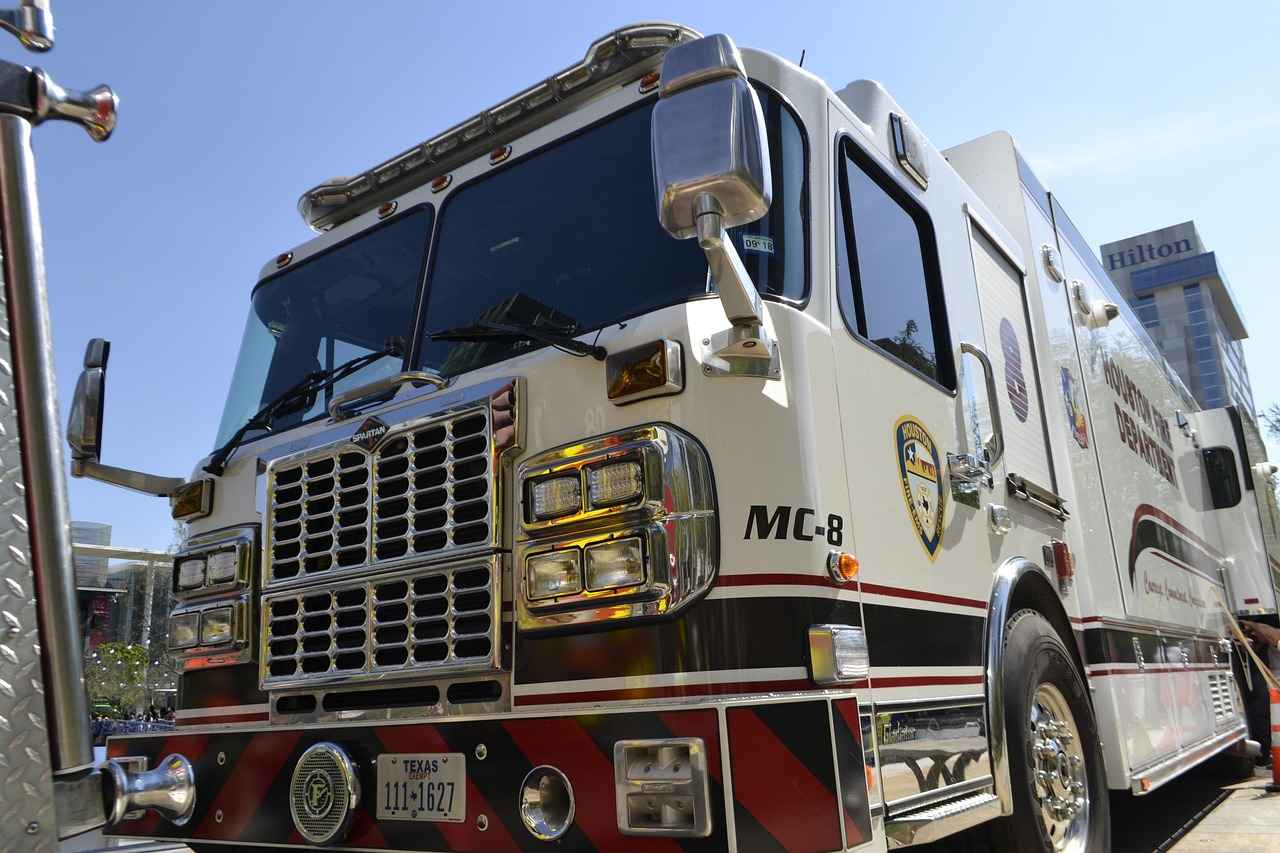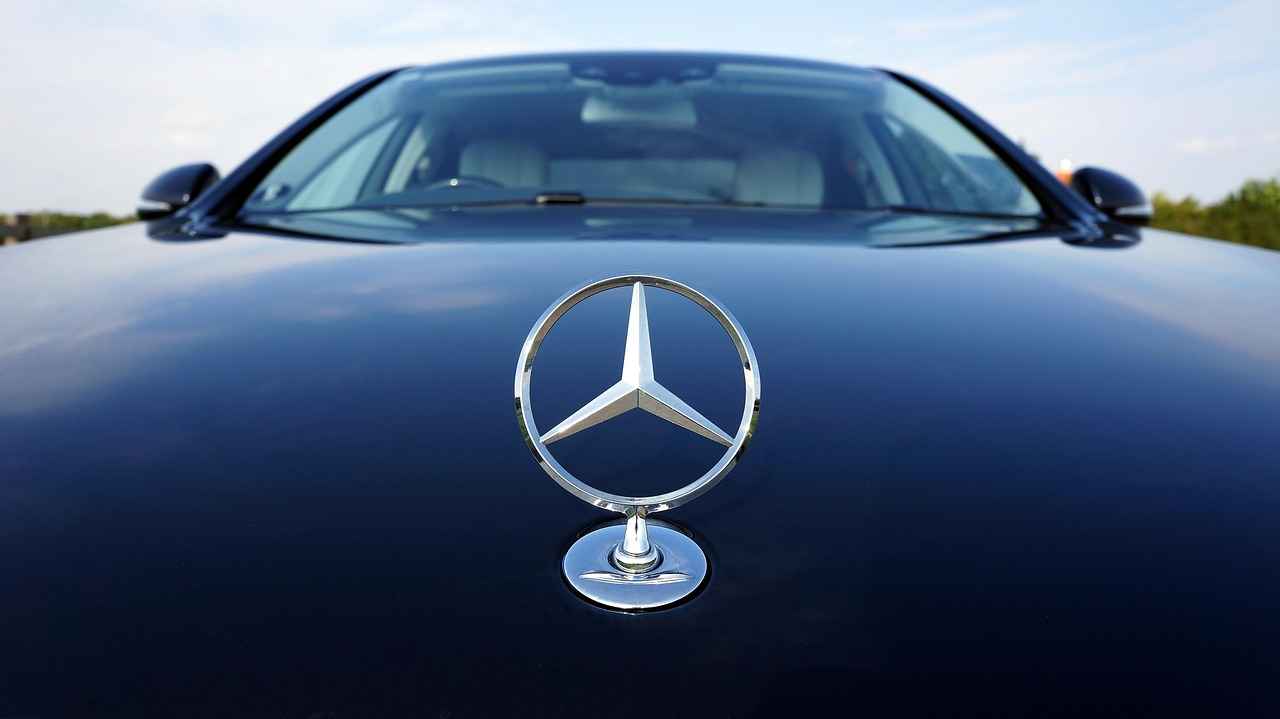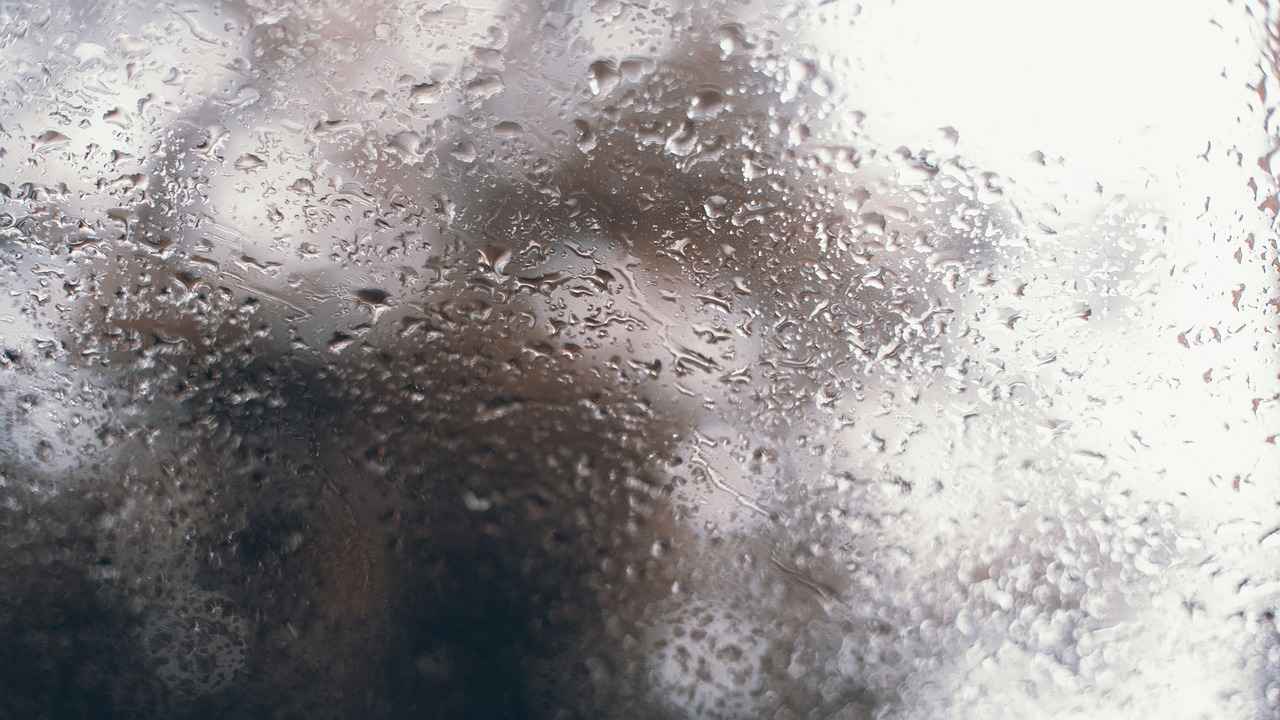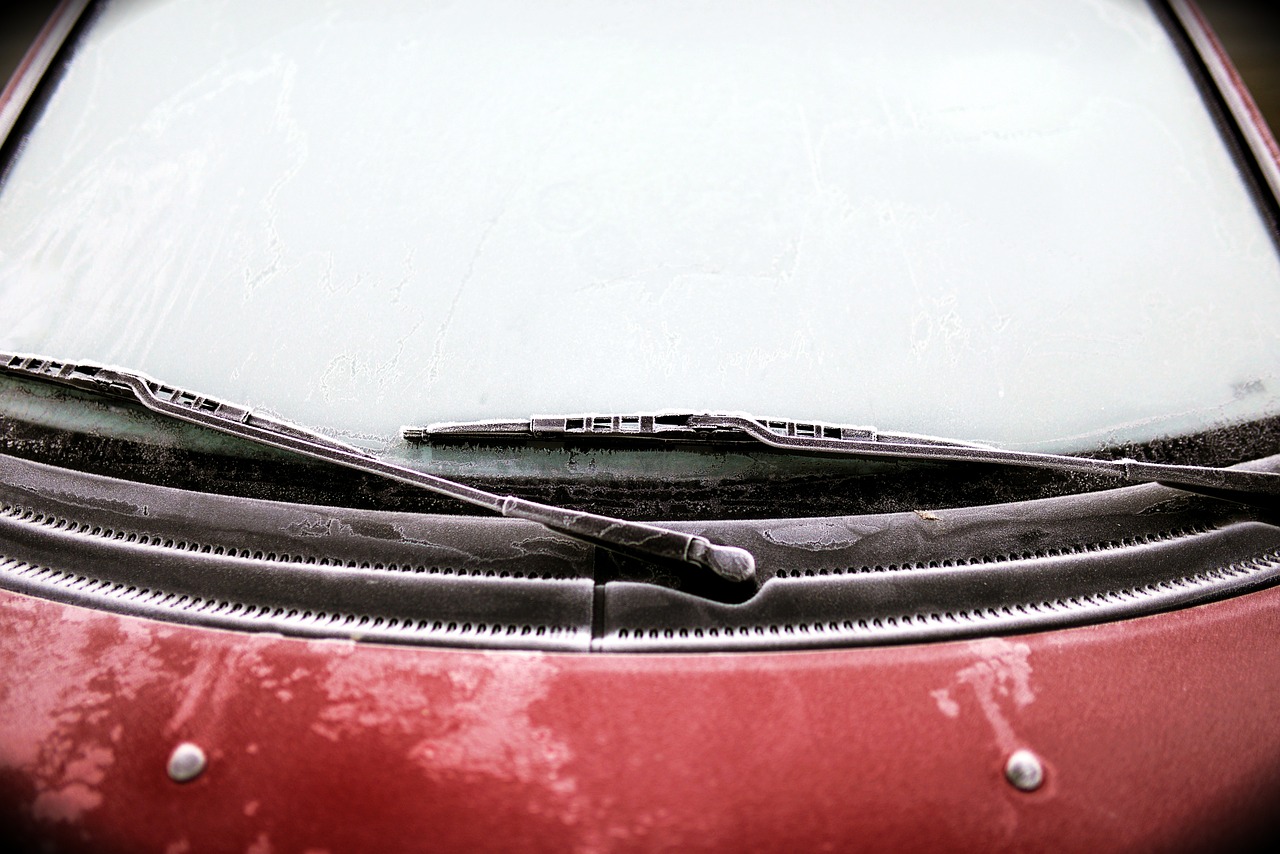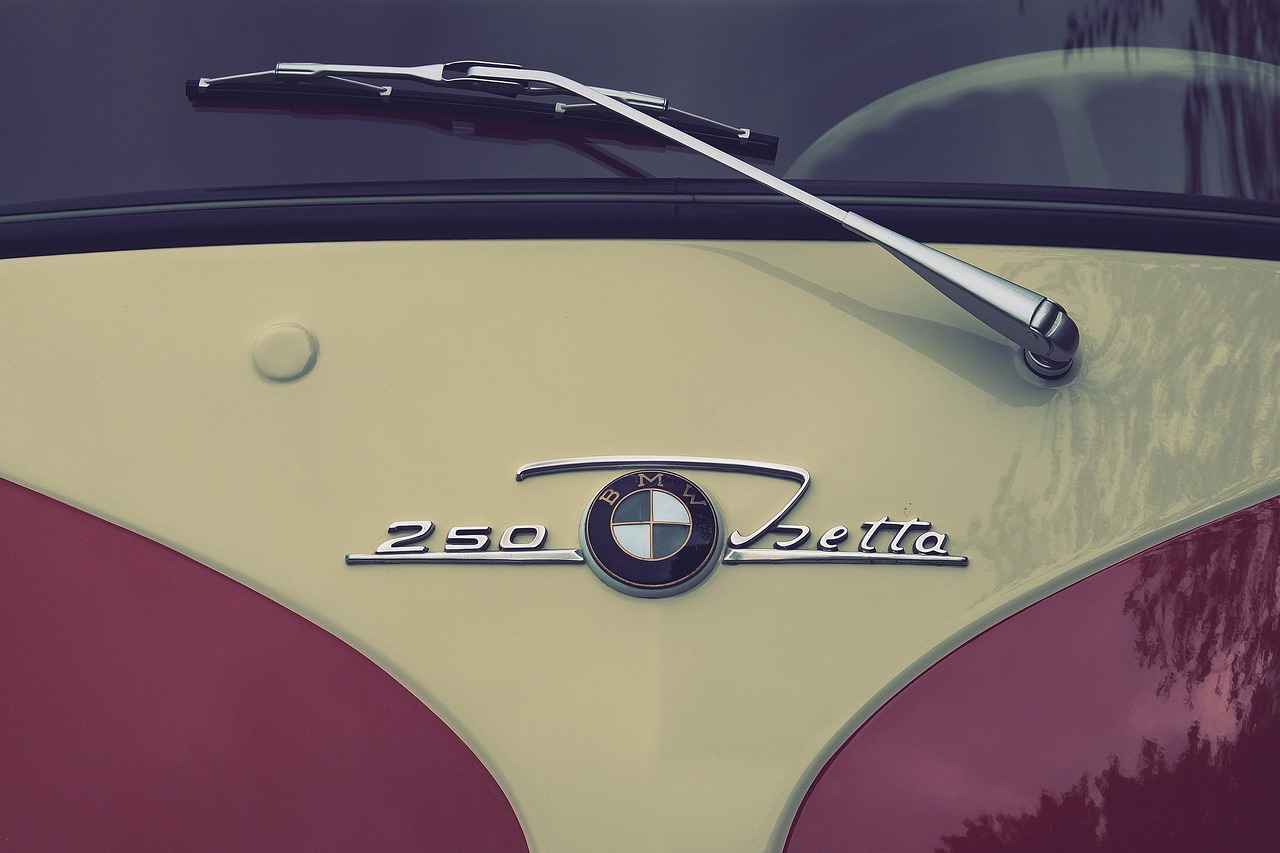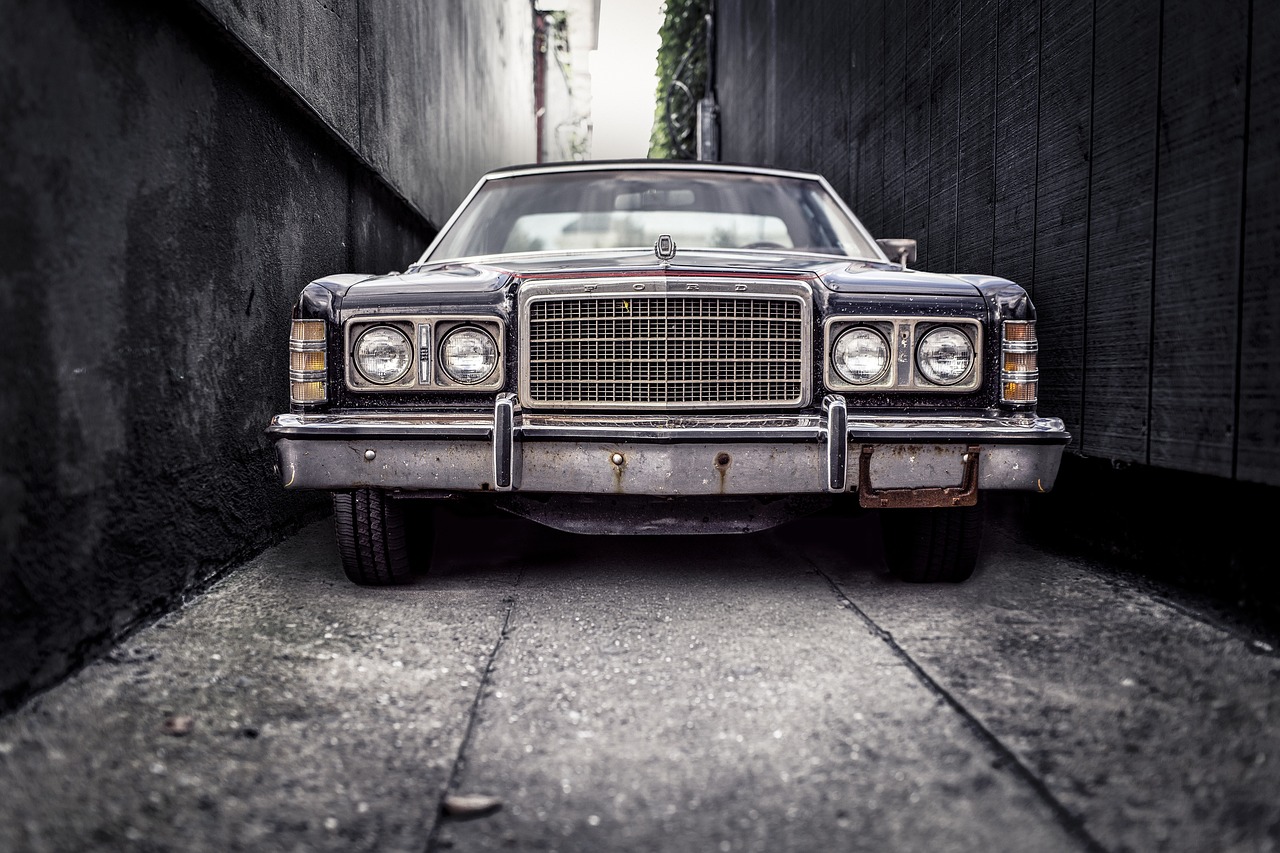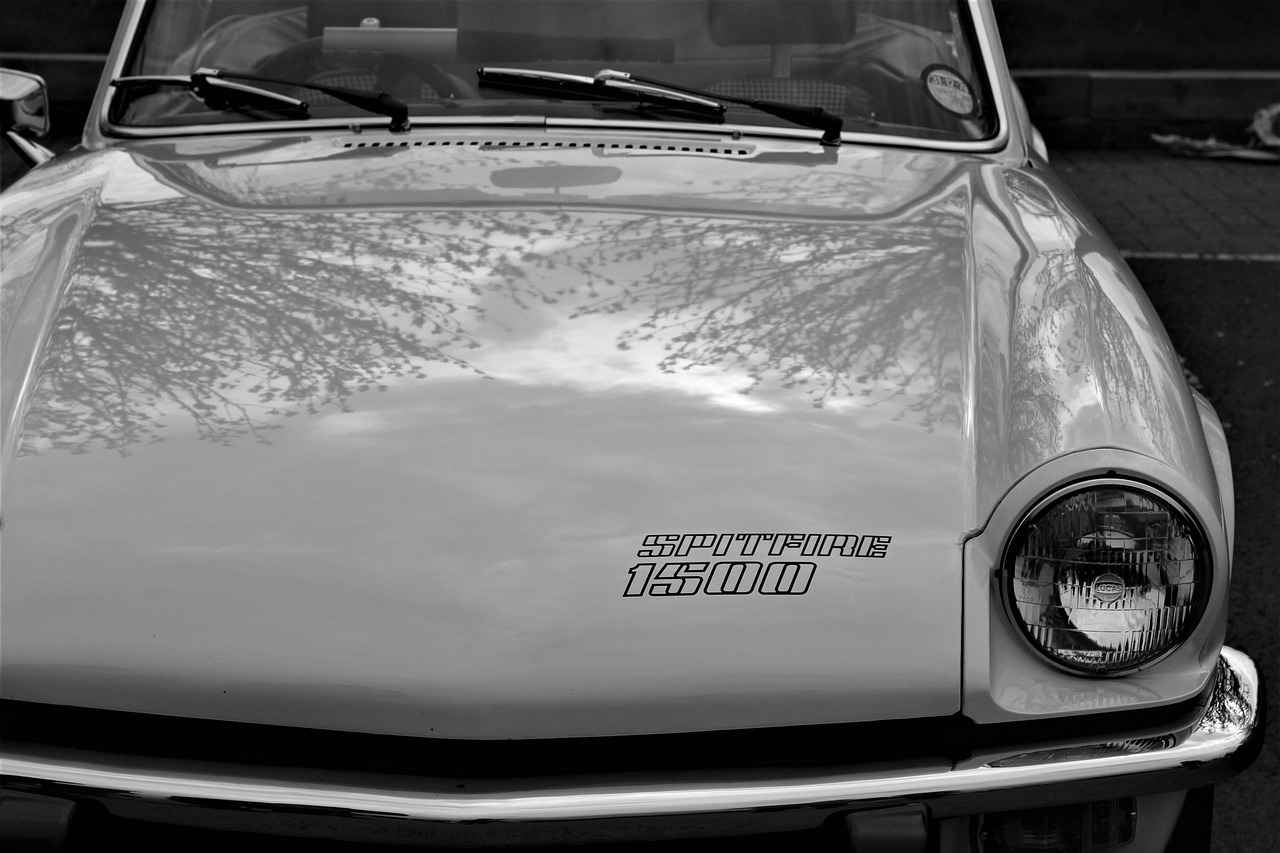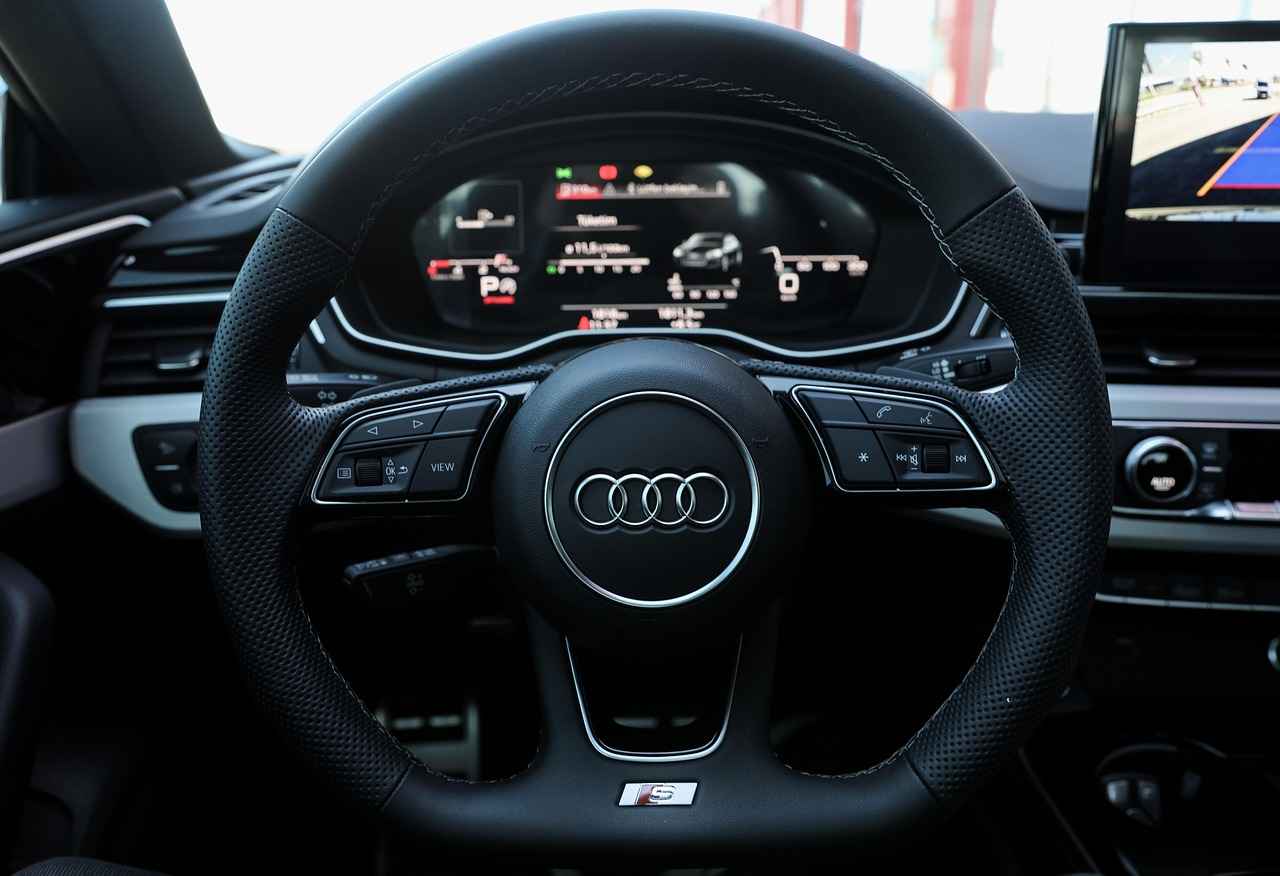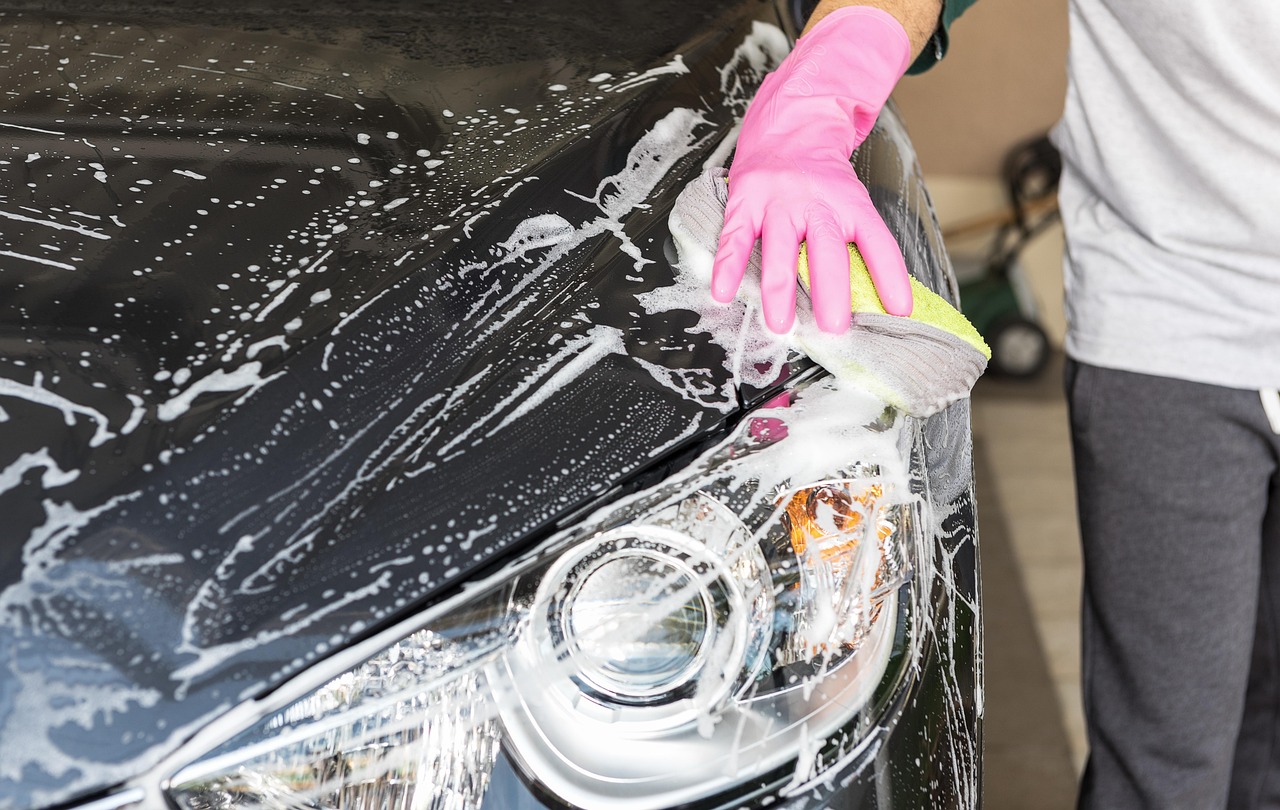This article offers a detailed, step-by-step guide on how to install Michelin windshield wipers. A clear view during inclement weather is crucial for driving safety, and proper installation of your wipers is a key factor in achieving that. Follow along to ensure your new wipers are fitted correctly and efficiently.
What Tools Do You Need for Michelin Windshield Wiper Installation?
Before you begin the installation process, it’s essential to gather the right tools. Here’s a list of the necessary items:
- Flathead screwdriver – for prying off the old wipers if necessary.
- Socket wrench – to tighten any bolts if applicable.
- New Michelin windshield wipers – ensure you have the correct size for your vehicle.
- Clean cloth – to wipe the windshield and remove any debris.
How to Remove Old Windshield Wipers Safely?
Removing old windshield wipers is a crucial first step before you can install the new ones. Here are some best practices to ensure you do this safely:
Step-by-Step Guide to Detaching Old Wipers
1. Lift the wiper arm away from the windshield.2. Locate the release mechanism, which may vary by model.3. Press or pull the release tab to detach the wiper blade from the arm.4. Gently pull the wiper blade away from the arm, ensuring not to scratch the windshield.
Common Mistakes to Avoid When Removing Wipers
Many people make mistakes during the removal process that can lead to damage. Here are some common pitfalls to avoid:
- Forgetting to lift the wiper arm completely, which can cause it to snap back.
- Using excessive force when detaching the wiper, risking damage to the arm.
- Neglecting to clean the windshield before installation, which can affect visibility.
How to Install Michelin Windshield Wipers Like a Pro?
Once the old wipers are removed, installing the new Michelin wipers is straightforward. Follow these steps for a successful installation:
Aligning the New Wipers Correctly
Correct alignment is essential for the effective functioning of your new wipers. Here’s how to ensure they are aligned properly:
1. Position the wiper blade onto the wiper arm.2. Ensure the blade is oriented correctly, with the rubber edge facing the windshield.3. Slide the blade into the arm until you hear a click, indicating it’s locked in place.
Securing the Wipers in Place
After alignment, securing the wipers is crucial for their operation. Follow these best practices:
- Double-check that the wipers are firmly attached by gently tugging on them.
- Lower the wiper arm back to the windshield carefully.
- Test the wipers by turning them on to ensure they function correctly.
By following this comprehensive guide, you can replace your Michelin windshield wipers like a pro. Ensuring that your wipers are installed correctly will not only enhance your visibility during rain but also contribute significantly to your overall driving safety.

What Tools Do You Need for Michelin Windshield Wiper Installation?
When it comes to installing Michelin windshield wipers, having the right tools is crucial for ensuring a smooth and efficient process. A well-prepared toolkit can make all the difference, allowing you to complete the installation without any unnecessary complications. Below, we outline the essential tools you will need for this task, ensuring that you can proceed with confidence.
- Flathead Screwdriver: This tool is often necessary for prying off old wipers or adjusting the wiper arm if needed.
- Phillips Screwdriver: Some wiper arms may require a Phillips screwdriver for removal or adjustments.
- Socket Wrench Set: In cases where the wiper arm is bolted down, a socket wrench set can be invaluable for loosening and tightening bolts.
- Clean Cloth: A clean cloth is essential for wiping down the windshield and ensuring that no debris interferes with the new wipers.
- Safety Glasses: Protecting your eyes while working is always a good practice, especially when dealing with tools and potential debris.
- Lubricant Spray: A lubricant can help ease the removal of stubborn wiper arms and ensure smooth operation of the new wipers.
Gathering these tools before you begin will not only streamline the installation process but also enhance your overall experience. Each tool serves a specific purpose, and having them on hand will prevent interruptions and frustration.
Using the correct tools can significantly reduce the risk of damaging your vehicle or the new wipers. For instance, attempting to remove wipers with incorrect tools can lead to scratches on the windshield or breakage of the wiper arm. Additionally, the right tools facilitate a quicker installation, allowing you to get back on the road more efficiently.
Furthermore, having the proper equipment ensures that you can follow the manufacturer’s instructions accurately. Michelin wipers come with specific guidelines for installation, and having the necessary tools will help you adhere to these recommendations, ensuring optimal performance and longevity of the wipers.
Before diving into the installation, take a moment to prepare your workspace. Here are a few steps to follow:
- Park Your Vehicle: Ensure your vehicle is parked on a flat surface and turned off to avoid any accidental movements.
- Gather Your Tools: Lay out all the tools mentioned above within easy reach to avoid interruptions during the installation.
- Read the Instructions: Familiarize yourself with the installation instructions that come with your Michelin wipers. Understanding the steps involved will help you anticipate what’s next.
By ensuring that you have the right tools and preparing adequately, you set yourself up for a successful windshield wiper installation.
In summary, having the right tools is not just a convenience; it’s a necessity for a successful Michelin windshield wiper installation. By following these guidelines and ensuring you have everything you need, you’ll be well-equipped to tackle the task ahead. Remember, preparation is key to a seamless installation experience.

How to Remove Old Windshield Wipers Safely?
Removing old windshield wipers is an essential first step in maintaining your vehicle’s visibility and safety. Properly detaching your old wipers without causing damage is crucial. In this guide, we will explore best practices and provide a step-by-step approach to ensure a smooth removal process.
When it comes to removing old windshield wipers, following a systematic approach can help you avoid potential damage to your vehicle. Here are the key steps to safely detach your old wipers:
- Step 1: Gather Your Tools – Before you begin, ensure you have the following tools handy:
- Flathead screwdriver
- Soft cloth or towel
- Safety glasses (optional)
- Step 2: Identify the Wiper Arm Type – Understanding the type of wiper arm you have is crucial. Common types include:
- Hook-type arms
- Pin-type arms
- Bayonet-type arms
- Step 3: Lift the Wiper Arm – Carefully lift the wiper arm away from the windshield until it is in a vertical position. This action will give you better access to the attachment point.
- Step 4: Engage the Release Mechanism – Depending on the wiper arm type, locate the release mechanism. For hook-type arms, you may need to press a tab or lift a lever. For pin-type arms, pull the wiper straight off the pin. Always refer to your vehicle’s manual for specific instructions.
- Step 5: Remove the Wiper Blade – Gently slide the wiper blade off the arm. If it feels stuck, do not force it; instead, check for any additional securing mechanisms that may need to be disengaged.
- Step 6: Clean the Area – Once the wiper is removed, take a moment to clean the area where the wiper connects to the arm. This will ensure optimal performance for your new wipers.
Many car owners make common mistakes during the removal process that can lead to damage. Here are some pitfalls to avoid:
- Forcing the Wiper Off – Always check for release mechanisms before attempting to remove the wiper. Forcing it can damage the wiper arm or the blade itself.
- Neglecting Safety Precautions – If your wipers are stuck, do not use excessive force. Instead, use a flathead screwdriver to gently pry them off if necessary, while being cautious not to scratch the windshield.
- Ignoring the Manual – Each vehicle can have different wiper attachment systems. Always refer to your owner’s manual for specific guidance.
By following these steps and avoiding common mistakes, you can safely remove your old windshield wipers and prepare for a successful installation of new ones. This process not only enhances your vehicle’s functionality but also ensures your safety while driving in adverse weather conditions.
Step-by-Step Guide to Detaching Old Wipers
When it comes to maintaining your vehicle, removing old windshield wipers is a crucial step before installing new ones. Follow this step-by-step guide to ensure a hassle-free removal process, helping you avoid common mistakes that could lead to damage.
Old windshield wipers can significantly impair your visibility during adverse weather conditions. By replacing them with new, efficient wipers, you ensure a clearer view and enhance your driving safety. The removal process, while straightforward, requires careful attention to detail.
To remove your old windshield wipers effectively, follow these structured steps:
- Identify the Wiper Arm Type: Before starting, it’s essential to know the type of wiper arm you have. Most commonly, there are hook-type, pin-type, and bayonet-type arms. Recognizing your wiper arm type will guide you in the removal process.
- Lift the Wiper Arm: Gently lift the wiper arm away from the windshield. Be cautious not to force it, as this may cause damage. The arm should move easily.
- Engage the Release Mechanism: Depending on your wiper arm type, locate and engage the release mechanism. For hook-type arms, you typically need to press a tab or button. For pin-type, you may need to pull the wiper directly off the pin.
- Remove the Old Wiper Blade: Once the release mechanism is engaged, you can safely slide the old wiper blade off the arm. Ensure that you hold the wiper arm securely to prevent it from snapping back onto the windshield.
- Inspect for Damage: After removing the old wipers, check the wiper arms and the windshield for any signs of damage. This step is crucial to ensure that the new wipers will function properly without issues.
While removing windshield wipers may seem simple, several common mistakes can lead to unnecessary complications:
- Forcing the Wiper Arm: Always lift the wiper arm gently. Forcing it can damage the spring mechanism or the windshield.
- Neglecting to Identify the Type: Failing to recognize the wiper arm type can lead to improper removal, potentially damaging the wiper or arm.
- Not Engaging the Release Mechanism: Skipping this step can cause frustration and may result in breaking the wiper blade.
By following these steps and avoiding common pitfalls, you can ensure a smooth process for removing your old windshield wipers. This careful approach sets the stage for a successful installation of your new Michelin windshield wipers, enhancing your vehicle’s performance and your driving experience.
Identify the Wiper Arm Type
When it comes to maintaining your vehicle, understanding the components involved is crucial. One such component is the windshield wiper arm, which plays a vital role in ensuring visibility during adverse weather conditions. In this section, we will delve into the different types of wiper arms, helping you identify them for effective removal and replacement.
Identifying the correct type of wiper arm is essential for a smooth installation process. Each wiper arm type has a unique mechanism and design, which influences how you remove and install windshield wipers. Using the wrong technique can lead to damage to the wiper arm or even the windshield itself.
There are primarily three types of wiper arms: hook, pin, and bayonet. Understanding how to recognize each type will make your wiper replacement process much easier.
- Hook-Type Wiper Arms: These are the most common type found in many vehicles. They feature a hook that allows the wiper blade to slide in and out easily. To identify a hook-type arm, look for a small hook at the end of the arm where the blade attaches.
- Pin-Type Wiper Arms: Pin-type arms have a small pin that secures the wiper blade in place. You can identify this type by looking for a small hole or pin at the end of the wiper arm. To remove the blade, you typically need to press a release tab to disengage the pin.
- Bayonet Wiper Arms: These arms use a bayonet-style connection, which requires a specific twisting motion to secure or release the wiper blade. They can be recognized by their distinct shape and the way the blade attaches, typically with a twist-and-lock mechanism.
To accurately identify your wiper arm type, follow these steps:
- Inspect the Wiper Arm: Start by lifting the wiper arm away from the windshield. Examine the end of the arm closely to determine its attachment mechanism.
- Consult Your Vehicle Manual: If you’re uncertain, refer to your vehicle’s owner manual, which typically contains diagrams of the wiper arm types used in your specific model.
- Seek Professional Help: If you’re still unsure, consider visiting an auto parts store or a mechanic. They can help you identify the wiper arm type and recommend the appropriate replacement wipers.
Many vehicle owners face challenges when identifying their wiper arm types. Misidentification can lead to purchasing the wrong wiper blades, resulting in improper fit and functionality. Additionally, some vehicles may have aftermarket wiper arms that differ from the standard types.
In conclusion, understanding the type of wiper arm you have is essential for effective maintenance and replacement. By recognizing whether you have a hook, pin, or bayonet arm, you can ensure a smooth installation process and maintain optimal visibility in all weather conditions.
Lift the Wiper Arm and Release Mechanism
When it comes to replacing your windshield wipers, lifting the wiper arm and engaging the release mechanism is a critical step. This process requires careful attention to detail to ensure that you do not inadvertently damage the wiper arm or the windshield itself. Here’s how to do it properly:
- Prepare the Area: Before you begin, make sure the windshield is clean and dry. This will help you see what you are doing and prevent any accidental slips.
- Identify the Wiper Arm Type: Different vehicles may have different wiper arm designs. Knowing whether you have a hook-style or a pin-type arm can make the process smoother.
Step-by-Step Guide:
- Gently Lift the Wiper Arm: Start by grasping the wiper arm near the base where it connects to the vehicle. Carefully lift the arm away from the windshield until it reaches a vertical position. Be cautious; lifting too quickly can cause the arm to snap back and potentially damage the windshield.
- Engage the Release Mechanism: Most wiper arms have a release tab or button that needs to be pressed to detach the wiper blade. Locate this mechanism, which is typically found at the junction where the blade meets the arm. Press down on the tab while gently pulling the wiper blade away from the arm. This action will release the blade without any force, ensuring that the arm remains undamaged.
- Lower the Wiper Arm: Once the blade is detached, slowly lower the wiper arm back onto the windshield. This prevents any sudden movements that could cause scratches or chips on the glass.
Important Tips:
- Always wear gloves to prevent any accidental slips.
- Make sure to keep the wiper arm in a stable position while you work on it.
- If you’re having trouble locating the release mechanism, consult your vehicle’s manual for specific instructions.
Using the correct technique to lift the wiper arm and engage the release mechanism is essential for a smooth replacement process. Not only does it protect your windshield, but it also ensures that the new wipers will function correctly without any issues. By following these steps, you can avoid common pitfalls that often lead to damage during the wiper replacement process.
Conclusion: Mastering the technique of lifting the wiper arm and engaging the release mechanism will make your windshield wiper replacement process more efficient and safe. With practice, this task will become second nature, allowing you to maintain your vehicle with confidence.
Common Mistakes to Avoid When Removing Wipers
Removing windshield wipers may seem like a straightforward task, but many vehicle owners make common mistakes that can lead to complications. Understanding these pitfalls is essential for a successful removal process, ensuring that your vehicle remains undamaged and ready for the installation of new wipers. Here are some key mistakes to avoid:
- Neglecting to Identify the Wiper Arm Type: One of the first mistakes is not recognizing the type of wiper arm you have. There are various types, including hook, bayonet, and pin-type arms. Failing to identify the correct type can result in using improper techniques that may damage the arm or the windshield.
- Forgetting to Lift the Wiper Arm: Many people forget to lift the wiper arm before attempting to remove the blades. This step is crucial as it allows access to the release mechanism. Skipping this can lead to unnecessary strain on the components, causing them to break.
- Using Excessive Force: Applying too much force during the removal process is a frequent error. This can lead to broken wiper arms or even damage to the windshield. Always use a gentle touch and follow the manufacturer’s instructions.
- Not Engaging the Release Mechanism: Each wiper arm typically has a release mechanism that needs to be engaged to detach the wiper blade. Ignoring this step may result in frustration and potential damage to the wiper or arm.
- Overlooking the Condition of the Wiper Arm: Before removing the wipers, it’s essential to inspect the wiper arm for any signs of wear or corrosion. Attempting to remove a damaged arm can lead to further issues. If you notice any problems, consider replacing the arm before proceeding.
- Improper Storage of Removed Wipers: After removal, many people neglect to store the old wipers properly. This can lead to confusion or damage when it comes time to dispose of them or install the new ones. Always keep them in a safe place until you are ready to dispose of them.
By being aware of these common mistakes, you can approach the windshield wiper removal process with confidence. Taking the time to understand the right techniques will not only save you time but also protect your vehicle’s components from unnecessary damage. Remember, a careful and informed approach is key to a successful installation of your new Michelin windshield wipers.
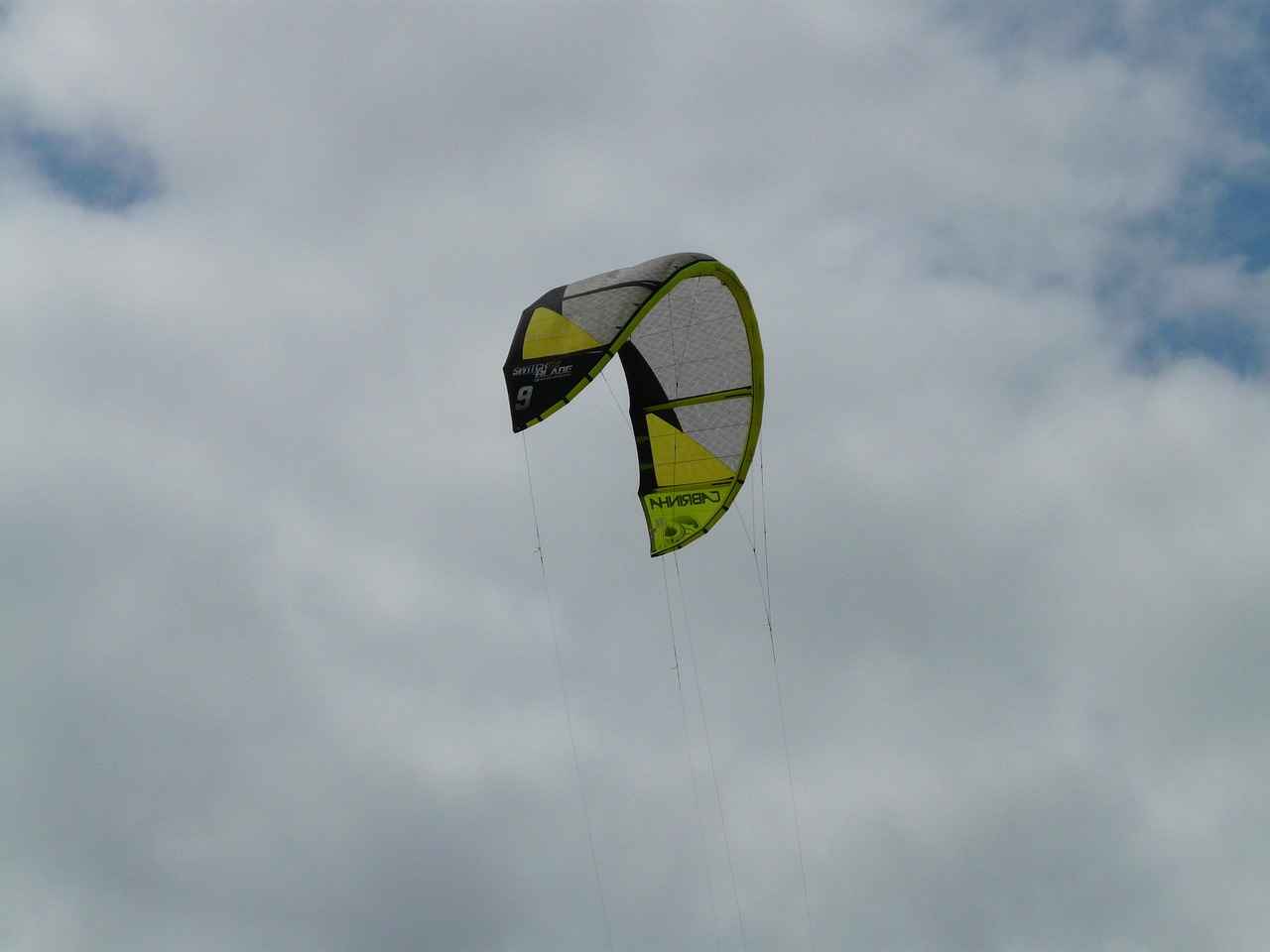
How to Install Michelin Windshield Wipers Like a Pro?
Installing new windshield wipers can seem daunting, but with the right guidance, it can be a simple and rewarding task. Michelin windshield wipers are designed for easy installation, ensuring that you can quickly enhance your vehicle’s visibility and safety during adverse weather conditions. This guide will walk you through the entire process, from aligning the new wipers to securing them in place, ensuring you install them like a pro.
Once the old wipers are removed, installing the new Michelin wipers is straightforward. Follow these steps to ensure a seamless installation:
- Gather Your Supplies: Before starting, ensure you have the new Michelin wipers, a clean cloth, and a small flat-head screwdriver if needed.
- Check the Wiper Size: Always verify that the new wipers are the correct size for your vehicle. Refer to your owner’s manual or the packaging for specifications.
Correct alignment is crucial for the effective functioning of your new wipers. Follow these steps:
- Position the Wiper Arm: Lift the wiper arm away from the windshield to a vertical position.
- Align the New Wiper: Take the new Michelin wiper and align the connector with the wiper arm. Ensure that any tabs or clips are positioned correctly.
- Press Down Firmly: Once aligned, press down firmly until you hear a click, indicating that the wiper is securely attached.
After aligning the wipers, it’s essential to secure them properly:
- Check for Movement: Gently pull on the wiper to ensure it is firmly attached. It should not come loose with a little tug.
- Lower the Wiper Arm: Carefully lower the wiper arm back onto the windshield, ensuring it doesn’t snap back, which could damage the glass.
- Test the Wipers: Once both wipers are installed, turn on your vehicle and test the wipers to confirm they operate smoothly and effectively.
To ensure a successful installation, be mindful of these common pitfalls:
- Not Checking Compatibility: Always verify that the wipers match your vehicle’s specifications.
- Forcing the Wiper into Place: If the wiper doesn’t fit easily, double-check the alignment rather than forcing it.
- Neglecting to Test: Failing to test the wipers after installation can lead to surprises during inclement weather.
By following these steps and avoiding common mistakes, you can ensure that your new Michelin windshield wipers are installed correctly and ready to provide you with optimal visibility. Enjoy a safer driving experience with your new wipers, and remember that proper maintenance will prolong their lifespan and effectiveness.
Aligning the New Wipers Correctly
When it comes to windshield wipers, correct alignment is crucial for ensuring their optimal performance. Misaligned wipers can lead to streaks, reduced visibility, and premature wear. In this section, we will delve into the steps necessary to achieve precise alignment of your new Michelin wipers, enabling them to function effectively in all weather conditions.
- Understand the Wiper Mechanism: Before you begin the alignment process, it’s important to familiarize yourself with how the wiper mechanism operates. This will help you understand how the wipers should sit against the windshield.
- Position the Wiper Arms: After removing the old wipers, position the wiper arms in the upright position. This allows for easier access to align the new wipers correctly.
- Attach the New Wipers: Follow the manufacturer’s instructions for attaching the new Michelin wipers. Ensure that the clips or hooks are securely fastened to the wiper arms.
- Check the Wiper Blade Position: Once attached, lower the wiper arms back onto the windshield. The blades should sit flat against the glass. If they do not, adjustments will be necessary.
Adjusting the Alignment
If you notice that the wipers are not sitting correctly, you may need to make adjustments:
1. Lift the wiper arm slightly.2. Check the angle of the blade against the windshield.3. If the blade is angled incorrectly, detach it and reattach it in the correct position.4. Test the wipers to ensure they clear the windshield effectively.
It’s also essential to check the spring tension of the wiper arms. If the tension is too weak, the wipers may not make adequate contact with the glass, leading to ineffective wiping. Conversely, if the tension is too strong, it can cause excessive wear on the wiper blades.
Testing the Wipers
After aligning and securing the wipers, it’s time to test their functionality. Turn on your vehicle and activate the wipers. Observe their movement:
- Do they wipe smoothly across the windshield?
- Is there any skipping or chattering?
- Are they clearing the entire area of the windshield effectively?
If any issues arise during the test, revisit the alignment steps to make the necessary adjustments. Remember, the goal is to achieve a full contact with the windshield for optimal visibility.
By following these guidelines, you can ensure that your new Michelin windshield wipers are correctly aligned, providing you with a clear view during inclement weather and enhancing your overall driving safety.
Securing the Wipers in Place
After successfully aligning your new Michelin windshield wipers, the next critical step is securing them in place. Proper installation ensures that the wipers function effectively, providing you with a clear view during rain or snow. In this section, we will discuss best practices and tips to ensure your new wipers are firmly attached and ready for use.
Securing your windshield wipers is essential for several reasons:
- Safety: Properly secured wipers ensure that they operate without detaching, which could obstruct your view while driving.
- Performance: Wipers that are not secured correctly may not make full contact with the windshield, leading to streaks and reduced visibility.
- Durability: Ensuring that wipers are firmly attached can prolong their lifespan, saving you money in the long run.
Follow these steps to ensure that your Michelin wipers are securely in place:
- Check the Connection: After aligning the wipers, make sure that the connection points are fully engaged. Listen for a click sound, indicating that the wiper blades are locked into place.
- Test the Wipers: Before hitting the road, perform a quick test. Turn on your windshield wipers to see if they operate smoothly and without any unusual noises.
- Inspect for Movement: Gently pull on the wiper arms to ensure they are firmly attached. If they move too easily, you may need to recheck the installation.
- Adjust if Necessary: If you notice any issues during the test, don’t hesitate to adjust the wipers. Sometimes, a slight repositioning can make a significant difference.
Even with careful installation, some common issues may arise:
- Incorrect Fit: Ensure that the wiper blades are the correct size for your vehicle. Using the wrong size can lead to improper attachment.
- Worn Out Components: If the wiper arm or connector is damaged, it may not hold the wiper securely. Inspect these parts before installation.
- Environmental Factors: Cold weather can make rubber components less flexible. If you’re installing wipers in cold conditions, consider warming them slightly to ensure a better fit.
To maximize the performance and longevity of your Michelin wipers:
- Regular Maintenance: Periodically check your wipers for wear and tear, and replace them as needed.
- Clean the Windshield: A clean windshield ensures better contact with the wipers, improving their effectiveness.
- Follow Manufacturer Guidelines: Always refer to the installation instructions provided by Michelin for specific guidance on your wiper model.
By following these best practices for securing your Michelin windshield wipers, you can ensure a safer and more enjoyable driving experience, even in challenging weather conditions.
Frequently Asked Questions
- How often should I replace my windshield wipers?
It’s generally recommended to replace your windshield wipers every 6 to 12 months. However, if you notice streaking or skipping during use, it might be time for a change sooner!
- Can I install Michelin windshield wipers myself?
Absolutely! Installing Michelin windshield wipers is a DIY-friendly task. Just follow the step-by-step guide provided, and you’ll have them up and running in no time.
- What tools do I need for the installation?
You’ll need a few basic tools like a flathead screwdriver and possibly a pair of pliers, depending on your vehicle’s wiper arm type. Having these on hand will make the process smoother!
- What should I do if my new wipers don’t fit?
If your new wipers don’t seem to fit, double-check that you purchased the correct size for your vehicle. Refer to the manufacturer’s guide or consult with a professional if needed.
- Is it safe to use old wiper blades until I can replace them?
Using old wiper blades is not advisable, especially if they’re damaged. They can reduce visibility and compromise your safety during driving. It’s best to replace them as soon as possible!

